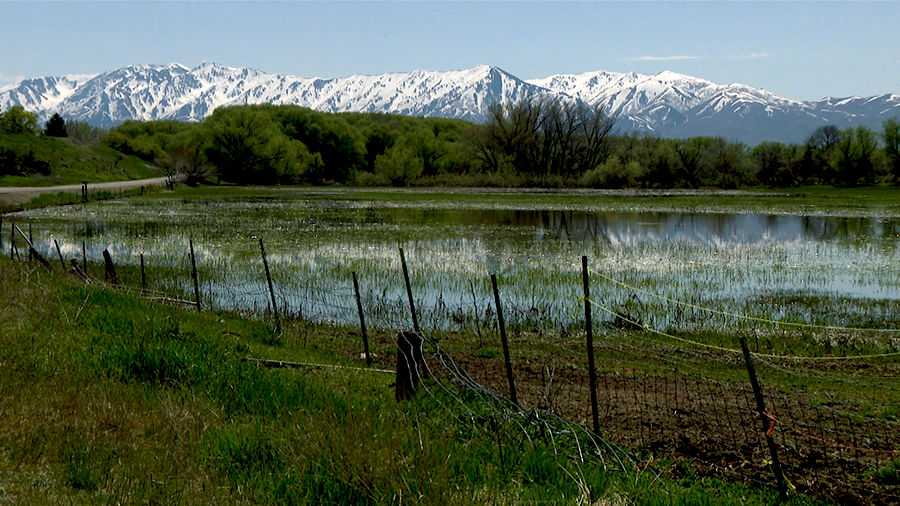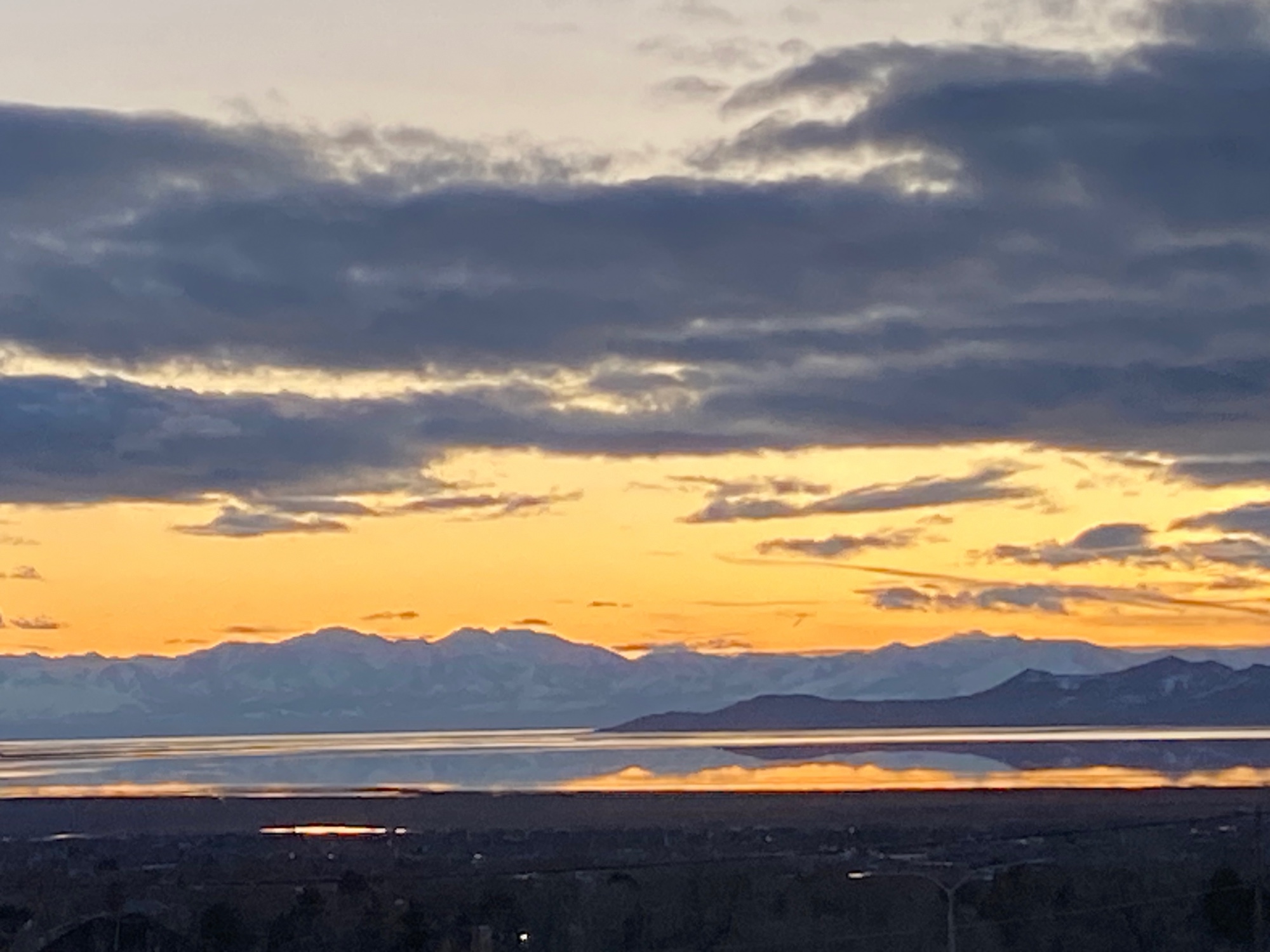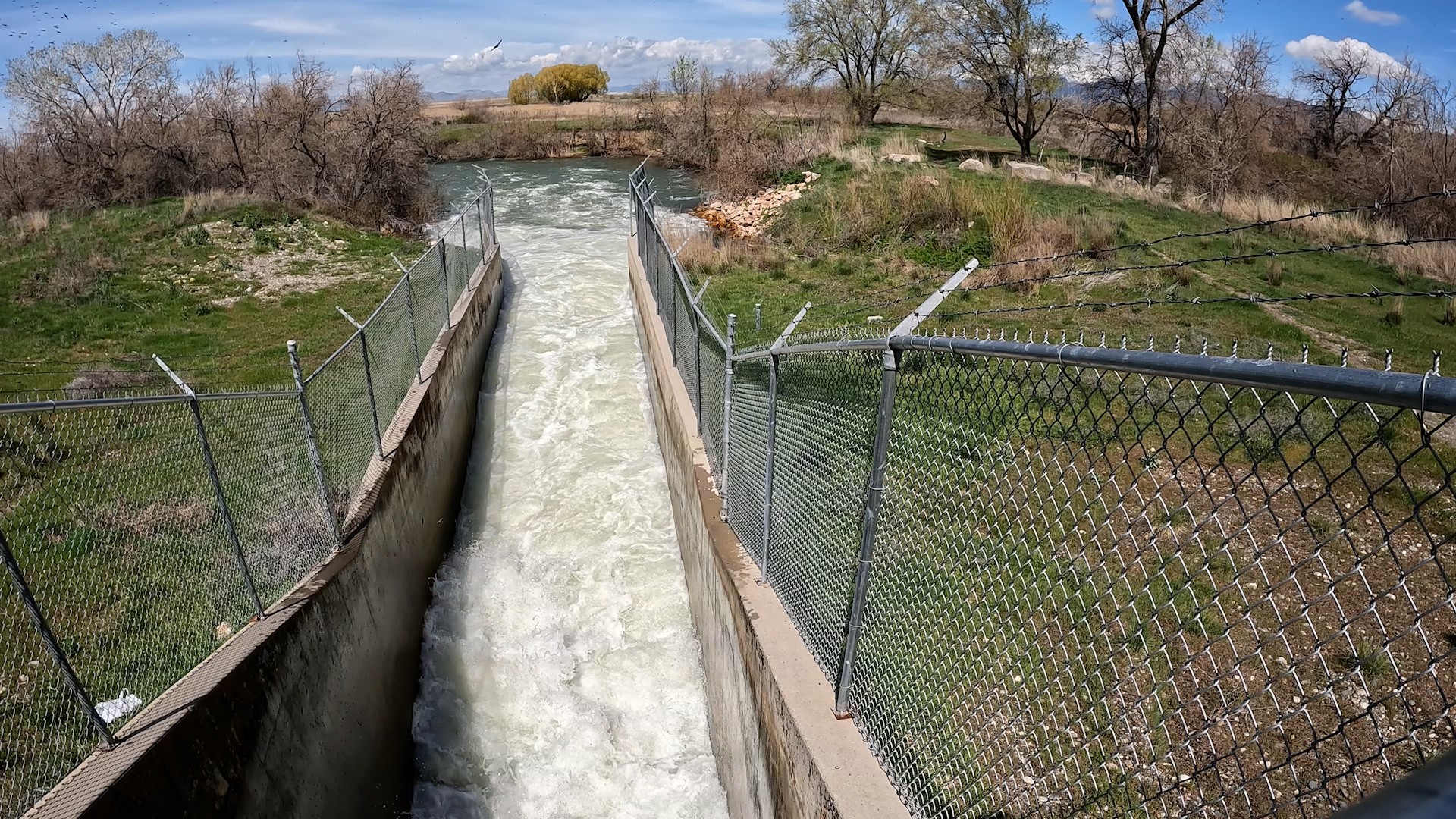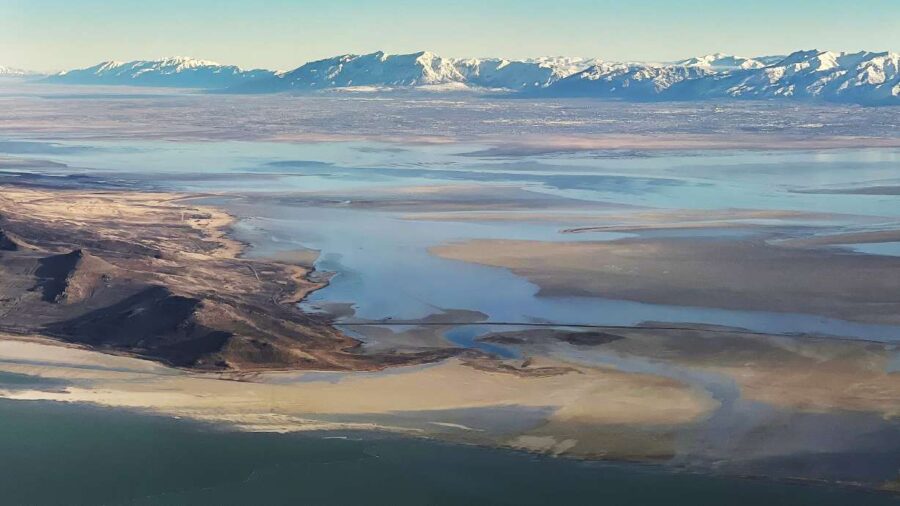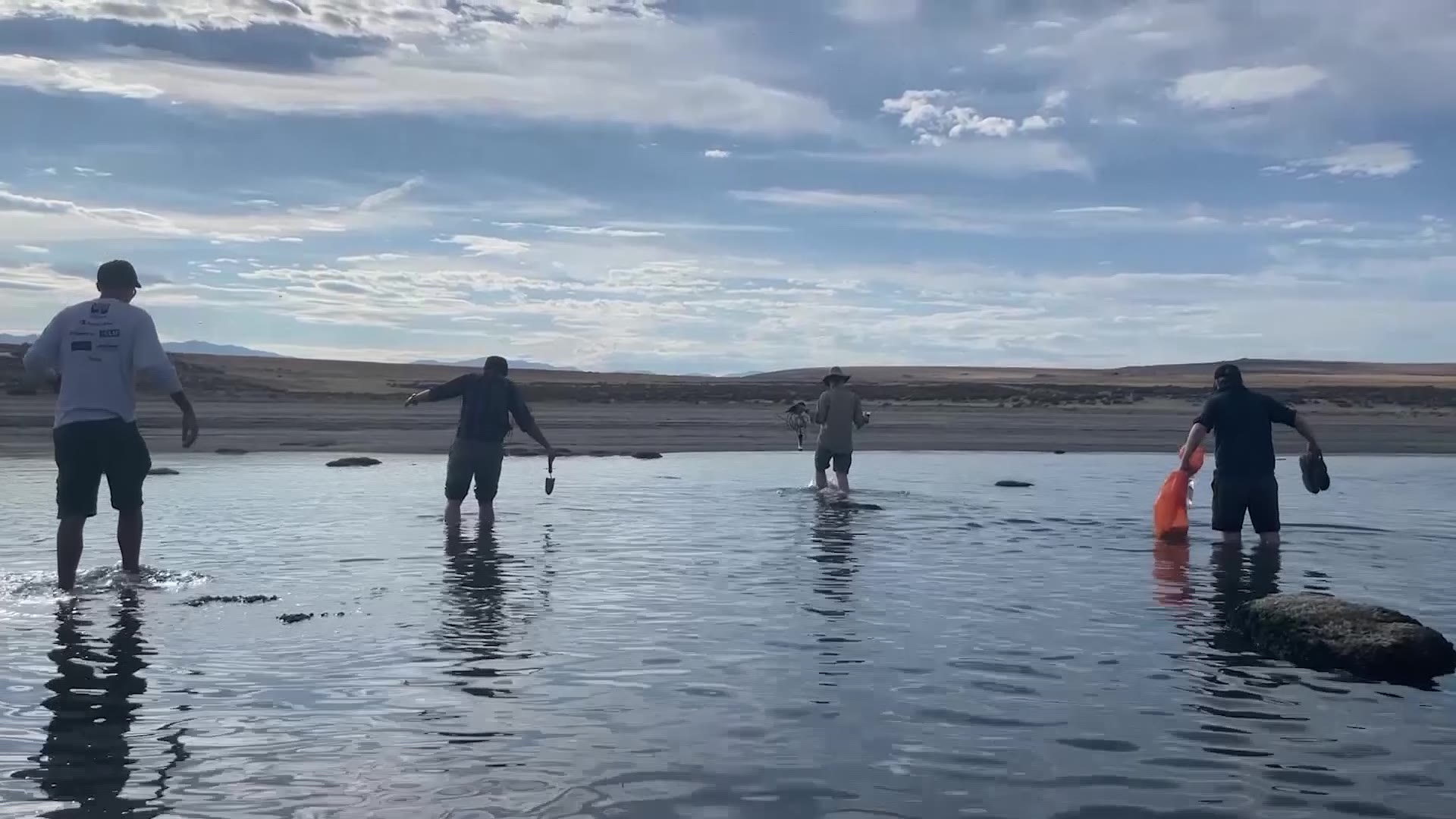Cox orders Great Salt Lake causeway berm to be raised another 5 feet
Feb 3, 2023, 3:44 PM | Updated: 10:48 pm
This article is published through the Great Salt Lake Collaborative, a solutions journalism initiative that partners news, education, and media organizations to help inform people about the plight of the Great Salt Lake—and what can be done to make a difference before it is too late. Read all of our stories at greatsaltlakenews.org
SALT LAKE CITY — Utah Gov. Spencer Cox signed a new executive order Friday, calling on the Utah Division of Forestry, Fire and State Lands to raise the Great Salt Lake causeway berm by 5 feet, in an effort to improve salinity conditions that are “threatening the Great Salt Lake ecosystem.”
KSL.com reported that the order specifically calls on the division to raise the berm, which is located by a 180-foot breach in the causeway — from 4,187 feet to 4,192 feet — in an effort to increase the overall depth of the arm of the lake south of the causeway and decrease its growing salinity levels.
The division raised the berm by 4 feet last year because of the growing salinity levels at the southern arm.
“The Great Salt Lake is crucial to our environment, ecology and economy and we must do everything we can to protect it,” Cox said in a statement Friday. “We’ve been blessed with significant snowpack so far this winter, and this executive order will allow the state to move quickly to increase the lake level in the south arm by capturing spring runoff. We don’t want to miss this opportunity to safeguard the lake.”
The order also calls on the Utah Department of Natural Resources and the Utah Department of Environmental Quality to prepare a berm management plan to guide future adjustments to berm height. The order is set to expire once the plan is adopted and implemented.
The Great Salt Lake reached a new all-time low lake level last year, and experts said that the southern arm has gotten saltier as the lake shrinks.
The southern arm is typically less salty because water from the Jordan, Bear, Ogden and Weber rivers flow into it. One possible reason for the change is that the northern arm’s water is heavier and is pushing higher concentrations of salt into the southern arm, division officials said last year. Crews then raised the berm in an effort to restore the normal balance of salinity between the two arms.
Great Salt Lake set to vanish in 5 years, experts warn Utah lawmakers in dire report
The rising salinity levels are a problem. Laura Vernon, Great Salt Lake coordinator at the Division of Forestry, Fire and State Lands, explained that it can seriously impact the lake’s ecosystem.
“The salinity of Great Salt Lake plays an important role in shaping the lake’s unique ecological, recreational and mineral resource use,” she said at the time. “Unfortunately, the decrease in freshwater inflows has led to an increase in salinity that is detrimental to these resources.”


